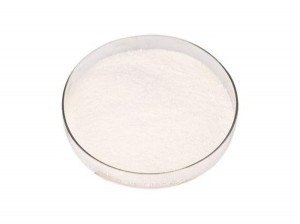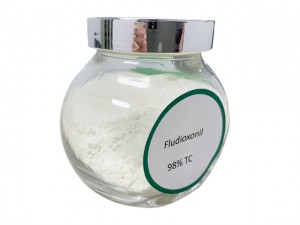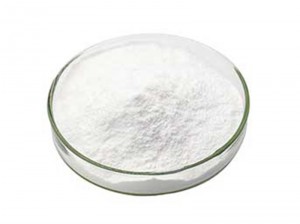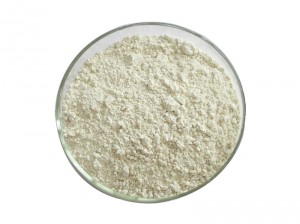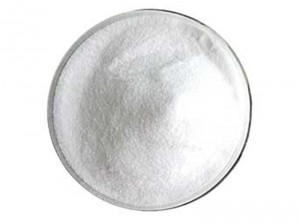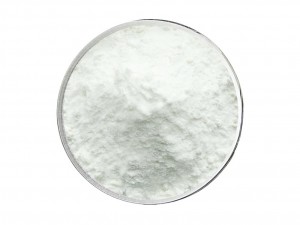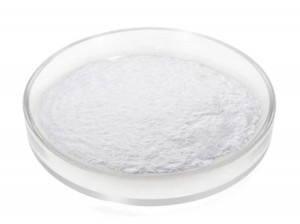Pyraclostrobin
Pyraclostrobin, Technical, Tech, 95% TC, 97% TC, 97.5% TC, 98% TC, Pesticide & Fungicide
Specification
| Common Name | Pyraclostrobin |
| IUPAC Name | N-[2-[[1-(4-chlorophenyl)pyrazol-3-yl]oxymethyl]phenyl]-N-methoxycarbamate |
| Chemical Name | N-[2-[[1-(4-chlorophenyl)pyrazol-3-yl]oxymethyl]phenyl]-N-methoxycarbamate |
| CAS No. | 175013-18-0 |
| Molecular Formula | C19H18ClN3O4 |
| Molecular Weight | 387.817 |
| Molecular Structure |  |
| Specification | Pyraclostrobin, 95% TC, 97% TC, 97.5% TC, 98% TC |
| Properties | The pure product of Pyraclostrobin is white to pale beige and tasteless crystals. |
| Melting Point | 63.7 - 65.2℃ |
| Density | 1.27±0.1 g/cm3(Predicted) |
| Solubility (20℃, g/100mL) | in water (distilled water) 0.00019, in N-Heptane 0.37, in Methanol 10, in Acetonitrile≥50, in Toluene, in Dichloromethane≥57, in Acetone, Ethyl Acetate≥65. In N-Octanol 2.4, in DMF 43. |
| Stability | The pure product has a photolysis half-life of 0.06d (1.44h) in an aqueous solution. |
| Storage of the preparation at room temperature | Stable for 2 years at 20℃. |
Product Description
Pyraclostrobin is a new broad-spectrum globulin bactericide, mitochondrial respiratory inhibitor that inhibits the mitochondrial complex III of fungi and mammalian cells, with protective, therapeutic, leaf penetration and conduction effects. It can induce the accumulation of triglycerides in 3T3-L1 cells. Generally, spray the medicine 3 times, and spray the medicine once every 10 days. The number of sprays depends on the condition. It is safe for cucumbers and bananas, and no phytotoxicity has occurred.
● Mode of Action:
It is an inhibitor of mitochondrial respiration, which prevents electron transfer during cytochrome synthesis. It has effects of protection, treatment, leaf penetration and conduction.
● Crops it controls:
Pyraclostrobin can be used in wheat, peanuts, rice, grapes, vegetables, potatoes, bananas, lemons, coffee, fruit trees, walnuts, tea trees, tobacco and ornamental plants, lawns and other field crops.
● Control Diseases:
Pyraclostrobin prevents leaf blight, rust, powdery mildew, downy mildew, blight, anthracnose, scab, brown spot, and stand wilt caused by aspartame, basidiomycetes, deuteromycetes and oomycete fungi Disease and many other diseases. Good for cucumber powdery mildew, downy mildew, banana scab, leaf spot, grape downy mildew, anthracnose, powdery mildew, early blight, late blight, powdery mildew and leaf blight of tomatoes and potatoes Control effect.
● Packing in 25KG/Drum or Bag



